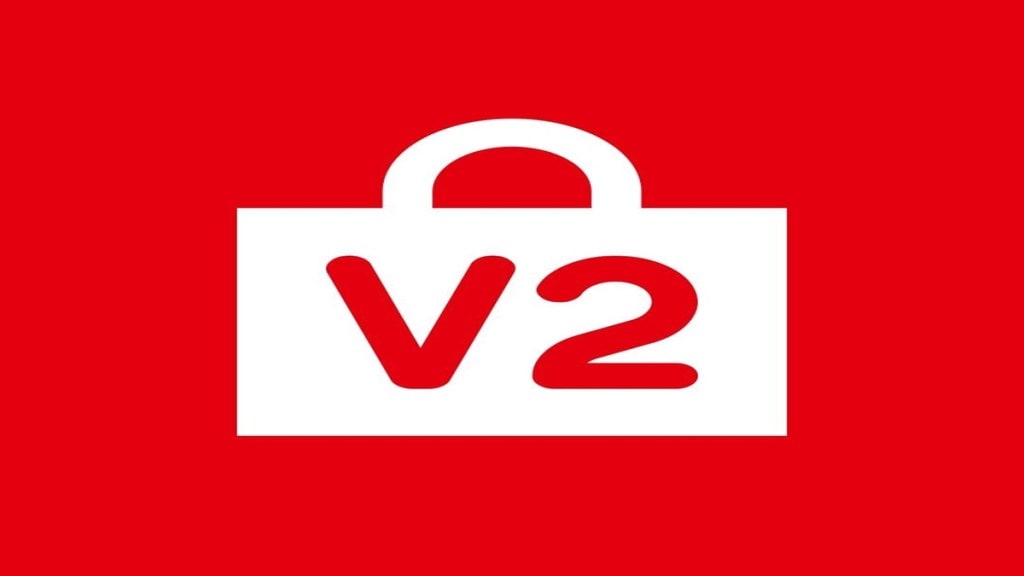V2Retail is in a sweet spot. Value fashion is in demand, footfalls are growing and there aren’t too many quality retailers around. Business has been brisk for the Delhi-headquartered brick and mortar chain which competes with V-Mart and Bazaar Kolkata. Revenues are tipped to hit Rs 1,800 crore this year, a 55% jump over the sales posted in 2023-24. With an estimated 30,000 customers walking into its stores every day and a conversion rate of 35%, it could be a repeat in 2025-26.
The competitive intensity in the value fashion space, especially in the mid and lower ranges, where the average selling price is Rs 300-500, is high. Moreover, the large share of the unorganised players, of about 65%, has forced V2Retail to play the price game. Almost all its revenues are earned from bigger volumes.
In fact, whole-time director, Akash Agarwal says the company’s mark-ups, over the cost, are among the lowest in the market. The retailer had attempted to play both ends of the price curve; it experimented with T-shirts that cost Rs 700 and Rs 99—but soon gave up and now stays in the Rs 200-400 bracket. It had a similar experience with denim products. What is now offers is a relatively large number of 3,100 stock keeping units (SKUs) with about 70% being changed every 45 days. The affordable pricing allows the company to sell about 90% of the inventory at the MRP, says Agarwal, adding that the many more options in sizes has also driven up footfalls.
The market is already large and consumers are switching to organised retail. Redseer defines “Value Hunters” as GenZ and young millenials with household incomes of less than Rs 5 lakh per annum across all cities and Rs 5-8 lakh in tier2+ cities. One expert points out that the Rs 300-500 range may be the most competitive but it is also expected to grow the fastest given the products are affordable. “I would imagine the brick and mortar format catering to this range can grow at a compound annual growth rate (cagr) of 15-22% for the next few years,” says an industry expert.
But operating at the lower end, where the ASPs are Rs 300-500, calls for huge supply chain efficiencies. Puneet Mansukhani, partner – digital advisory and sector head- retail KPMG in India, points out that a national brand in this segment would need to increase the store count to rein in supply chain costs. “One can imagine this category could absorb 6-9 national brands and a lot of regional brands, Mansukhani says.
The medium category –ASPS of Rs 500-1,500—, he expects may be able to support 7-12 national players and 15-20 regional ones. Even as it uses technology to stay ahead of fashion trends, V2Retail makes sure the unit economics is intact. Rentals are reined in at Rs 150 per square foot. This is important as the retailer forays into new towns; having opened 10 stores in the last 2 years, it plans to add 100 more in 2025-26, taking the total to around 275 stores. Agarwal claims his company leads in both revenue per sq ft and operating profits per sq ft. Its revenues per sq ft are nudging Rs 15,000. That V2Retail makes 20% of its merchandise in-house helps; the extra margin, Agarwal, says is passed on to customers. The company has also had some luck in that fabric prices have been benign over the last couple of years.
While it could be some time away, some experts believe that if the value-fashion market grows exponentially, it might prompt e-commerce players to launch deep discounting models. KPMG’s Mansukhani believes quick commerce could disrupt the space much like it has in urban India.
“Convenience is the next step after trust. Once there is trust in the brand and the willingness to go to the store mellows down the q-comm players can potentially disrupt the market,” he says. The spread of social commerce too pose strong competition to physical formats.
Saurabh Kundan of Goldman Sachs, however, feels that online-only value fashion retail doesn’t allow for healthy unit economics. “A typical value retail customer has higher propensity of returns when shopping online than an average customer. This may lead to higher-than-industry delivery costs in online value apparel delivery,” he says. Trent’s Zudio for instance, doesn’t sell online.
Agarwal is clear that an only-online model can’t work for value fashion given the cost of collection, returns and so on. V2Retail’s e-comm plans envisage selling only on its own platform, much like the W model. It will use its showrooms, across 140 cities, as warehouses to provide same-day delivery, starting out with its 12 stores in Delhi. “We typically stock inventory worth about Rs 1.5 crore in a store,” says Agarwal, adding that the staff in the stores will be utilised to make the deliveries.
“Typically the footfalls are higher in the evenings so the staff will make the deliveries—on EV scooters—in the mornings,” he explains. The idea is to cater for the existing 20 million customers by leveraging the database. Until then V2Retail will work to make sure every single store is profitable.

